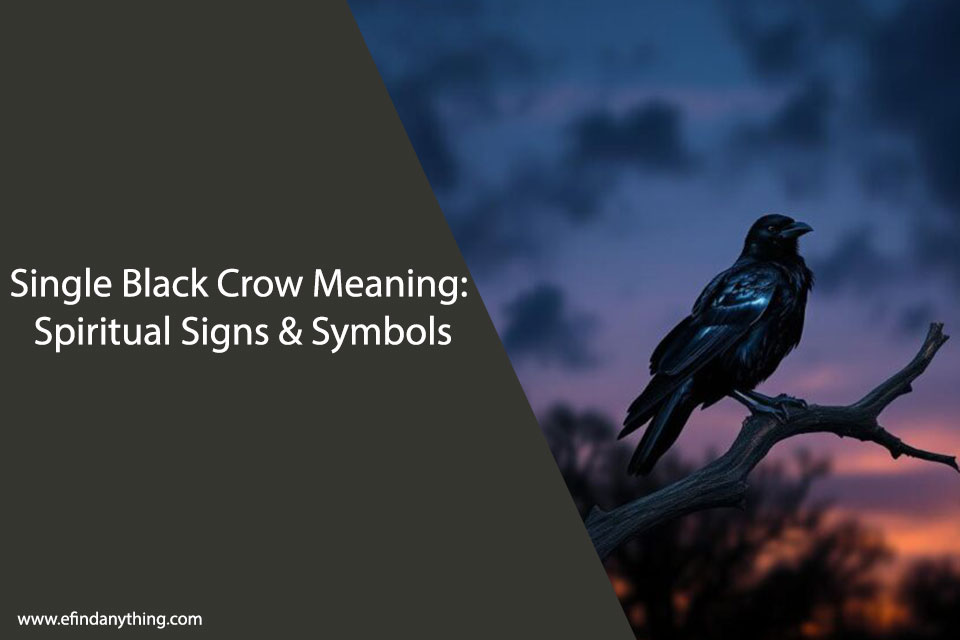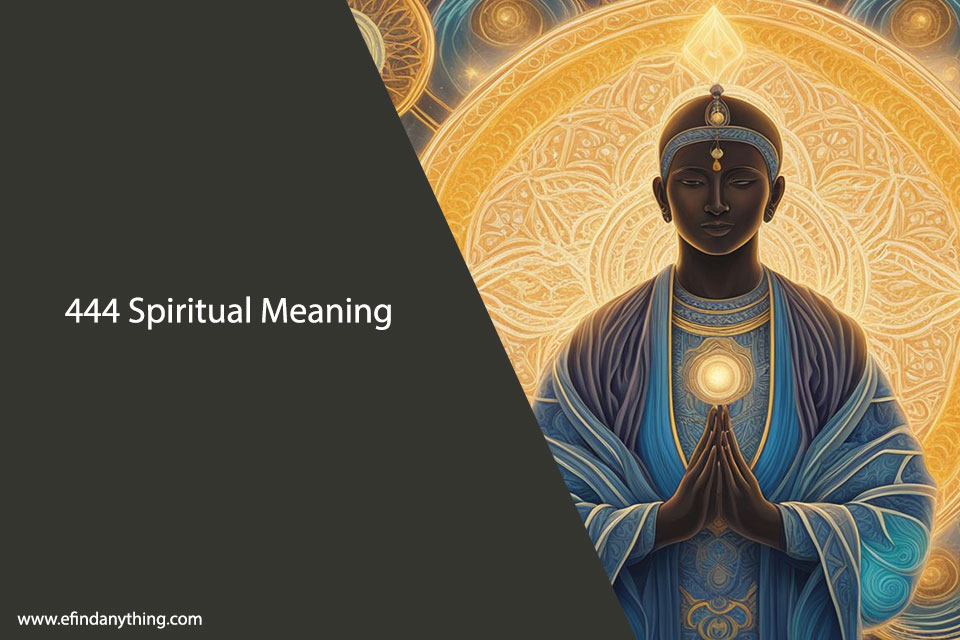St. Patrick’s Day is a widely celebrated holiday in many parts of the world. It is a day where people wear green, attend parades, and drink beer. However, there is a deeper meaning to this holiday that is often overlooked. St. Patrick’s Day has a spiritual significance that is rooted in the life and teachings of St. Patrick, the patron saint of Ireland.

St. Patrick was a Christian missionary who lived in the 5th century. He is credited with converting the people of Ireland to Christianity and is known for his use of the shamrock to explain the Holy Trinity. The spiritual significance of St. Patrick’s Day lies in his commitment to his faith and his dedication to spreading the message of Christianity. For many, St. Patrick’s Day is a day to reflect on their own faith and to honor the legacy of St. Patrick.
Historical Context of St. Patrick’s Day
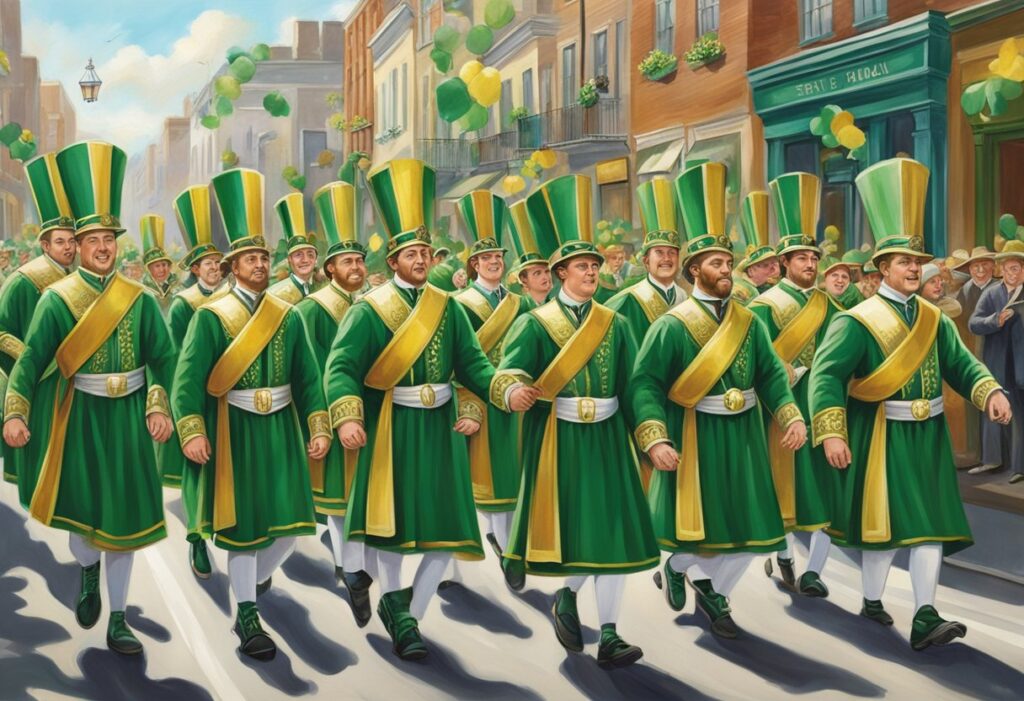
St. Patrick’s Day is a cultural and religious holiday celebrated on March 17th each year. The holiday honors St. Patrick, the patron saint of Ireland, who is credited with bringing Christianity to the island. While St. Patrick’s Day is now associated with parades, green beer, and leprechauns, the holiday has a rich historical context.
St. Patrick was born in Britain in the 4th century and was captured by Irish pirates at the age of 16. He was taken to Ireland, where he spent six years as a slave before escaping and returning to Britain. After becoming a priest, St. Patrick returned to Ireland to spread Christianity. He is said to have used the shamrock to explain the Holy Trinity to the Irish people.
The first St. Patrick’s Day parade was held in New York City in 1762, but it wasn’t until the 19th century that the holiday became widely celebrated in the United States. In Ireland, St. Patrick’s Day was a religious holiday until the 1970s, when it began to be celebrated as a secular holiday.
Today, St. Patrick’s Day is celebrated around the world, with parades, festivals, and other events. While the holiday has become associated with drinking and partying, it is important to remember its historical context and the contributions of St. Patrick to Irish culture and Christianity.
St. Patrick: The Patron Saint of Ireland

Life and Mission of St. Patrick
St. Patrick, the patron saint of Ireland, was born in Britain in the late 4th century. At the age of 16, he was kidnapped by Irish raiders and taken to Ireland as a slave. During his captivity, he turned to Christianity for solace and eventually escaped after six years.
After returning to Britain, St. Patrick became a priest and later returned to Ireland as a missionary. He traveled throughout the country, spreading the teachings of Christianity and converting many Irish people to the faith. He is also credited with establishing the first Christian church in Ireland.
St. Patrick’s mission in Ireland was not without its challenges, as he faced opposition from both the Irish Druids and the ruling class. However, his unwavering faith and dedication to his mission helped him overcome these obstacles.
St. Patrick’s Connection to Christianity
St. Patrick is most widely known for his role in spreading Christianity throughout Ireland. He used the shamrock, a three-leafed plant, to explain the concept of the Holy Trinity to the Irish people. This became an important symbol of Irish Christianity and is still used today.
St. Patrick’s commitment to his faith is evident in his writings, particularly his Confession, in which he reflects on his life and mission. He also wrote a letter to the soldiers of Coroticus, a group who had attacked and enslaved some of his converts, urging them to repent and release their captives.
Today, St. Patrick is celebrated not only in Ireland but also around the world as a symbol of Irish heritage and Christian faith. His legacy continues to inspire and influence people of all backgrounds.
Symbols and Traditions
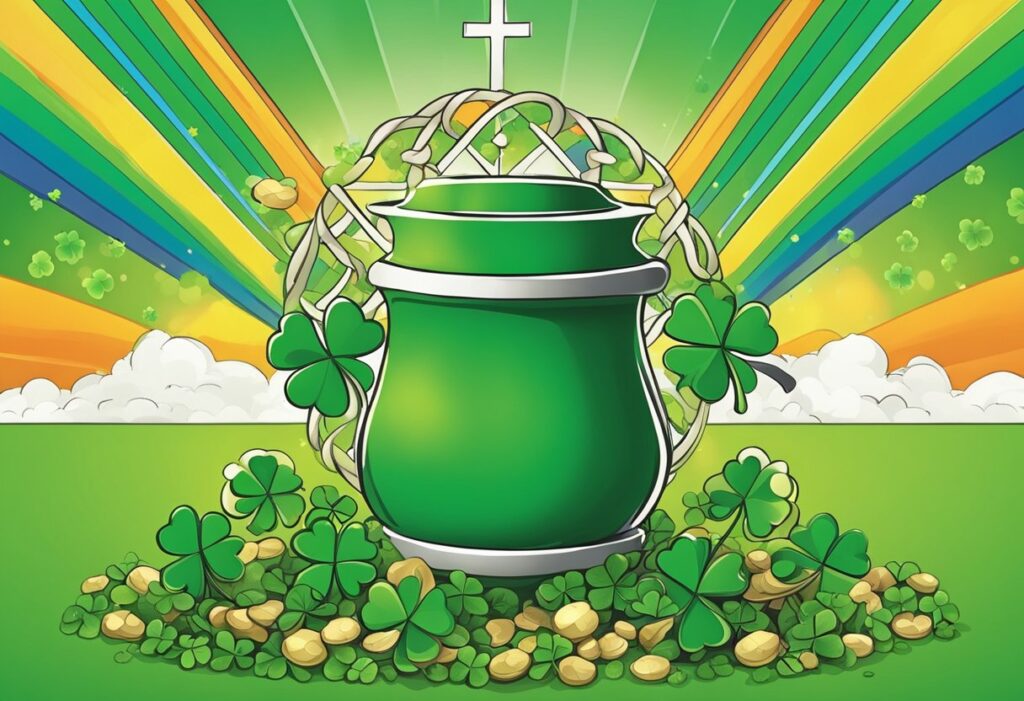
Shamrock: A Symbol of the Trinity
One of the most recognizable symbols of St. Patrick’s Day is the shamrock, which is said to have been used by St. Patrick himself to explain the concept of the Holy Trinity to the Irish people. The three leaves of the shamrock represent the Father, the Son, and the Holy Spirit, while the stem represents the unity of the Trinity. This symbol is often used in decorations and clothing during St. Patrick’s Day celebrations.
The Wearing of Green
The tradition of wearing green on St. Patrick’s Day is said to have originated in Ireland, where green is considered a symbol of luck and the country’s lush landscape. Today, people all over the world wear green clothing, accessories, and even dye their hair green to show their Irish pride on this special day.
Parades and Celebrations
St. Patrick’s Day parades are a popular tradition in many cities around the world. The first St. Patrick’s Day parade was held in New York City in 1762, and today, the city’s parade is one of the largest in the world, drawing millions of spectators each year. Other cities with notable St. Patrick’s Day parades include Dublin, Ireland, Boston, Chicago, and Savannah, Georgia.
In addition to parades, St. Patrick’s Day is often celebrated with traditional Irish music, dance, and food. Corned beef and cabbage, Irish soda bread, and Guinness beer are just a few of the popular dishes associated with this holiday.
Overall, St. Patrick’s Day is a celebration of Irish culture and heritage, as well as a time to reflect on the spiritual meaning behind the holiday’s symbols and traditions.
Spiritual Significance

St. Patrick’s Day is not just about wearing green and celebrating Irish culture. It is also a day with significant spiritual meaning for many people. This section will explore some of the spiritual aspects of St. Patrick’s Day.
Reflection on St. Patrick’s Teachings
St. Patrick was a Christian missionary who is said to have brought Christianity to Ireland. He is known for his teachings on the Holy Trinity, using the three-leaf clover to explain the concept of three persons in one God. On St. Patrick’s Day, many people reflect on his teachings and the role of Christianity in their lives.
Renewal of Faith
For some people, St. Patrick’s Day is a time to renew their faith. It is a day to reflect on their relationship with God and to recommit themselves to living a life guided by their beliefs. This may involve attending church services or participating in other religious activities.
Community and Fellowship
St. Patrick’s Day is also a day for community and fellowship. It is a time to come together with friends and family, to celebrate the holiday and to enjoy each other’s company. Many people attend parades or other events, where they can connect with others who share their Irish heritage or their love of the holiday.
In conclusion, St. Patrick’s Day has significant spiritual meaning for many people. It is a day to reflect on St. Patrick’s teachings, to renew one’s faith, and to come together with others in fellowship.
Modern Observance and Religious Practices
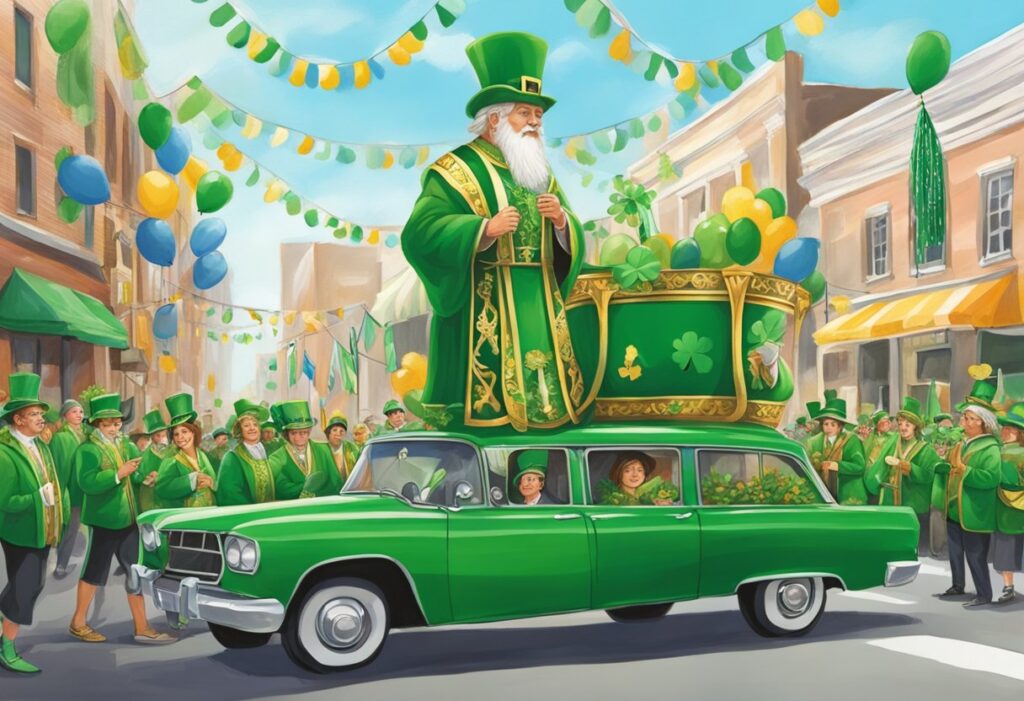
St. Patrick’s Day has become a widely celebrated holiday around the world, with many people participating in the festivities without necessarily understanding the spiritual significance behind it. However, for those who do observe the religious aspects of the holiday, there are a number of practices that are still upheld today.
Church Services on St. Patrick’s Day
Many churches hold special services on St. Patrick’s Day to honor the patron saint of Ireland. These services often include readings from the Bible, hymns, and prayers, as well as reflections on the life and legacy of St. Patrick. Some churches also hold special Masses in honor of St. Patrick, which may include the use of traditional Irish music and symbols.
Prayers and Hymns
Prayer is an important part of St. Patrick’s Day for many people. Some people choose to recite traditional Irish prayers, such as the Lorica of St. Patrick, which is a prayer for protection. Others may choose to recite the Prayer of St. Patrick, which is a prayer for guidance and strength. Hymns are also an important part of St. Patrick’s Day observances, with many churches and religious organizations singing traditional Irish hymns such as “Be Thou My Vision” and “The Deer’s Cry.”
The Global Impact on Spirituality
St. Patrick’s Day has become a global celebration, with people of all backgrounds and beliefs participating in the festivities. While the spiritual significance of the holiday may vary from person to person, the celebration of Irish culture and heritage has had a positive impact on spirituality around the world. Many people find inspiration in the story of St. Patrick and his dedication to his faith, and the celebration of his life has helped to bring people of different faiths and backgrounds together in a spirit of unity and respect.
Frequently Asked Questions
What is the significance of March 17th in the context of St. Patrick’s Day?
March 17th is celebrated as St. Patrick’s Day, which is a cultural and religious holiday commemorating the death of St. Patrick, the patron saint of Ireland. It is a day to celebrate Irish culture and heritage, and many people around the world wear green and attend parades and festivals.
How did St. Patrick’s Day originate and what does it commemorate?
St. Patrick’s Day originated in Ireland as a religious holiday to commemorate the death of St. Patrick, who is credited with bringing Christianity to Ireland. Over time, the holiday evolved into a celebration of Irish culture and heritage, and it is now celebrated around the world.
What are the spiritual aspects of St. Patrick’s Day celebrations?
St. Patrick’s Day celebrations have both cultural and spiritual aspects. Many people attend church services or participate in prayer and reflection to honor St. Patrick’s legacy and the role of Christianity in Ireland. The holiday is also a time to celebrate the spiritual and cultural connections between Ireland and the rest of the world.
Which symbols did St. Patrick use and what do they represent?
St. Patrick is associated with several symbols, including the shamrock, which he used to explain the concept of the Holy Trinity to the Irish people. Other symbols associated with St. Patrick include the Celtic cross and the harp, which are both important symbols of Irish culture and heritage.
What is the historical story behind the celebration of St. Patrick?
St. Patrick was a missionary who is credited with bringing Christianity to Ireland in the 5th century. He is said to have used the shamrock to explain the concept of the Holy Trinity to the Irish people, and he is also associated with several miracles. St. Patrick’s Day is celebrated on March 17th, the day of his death.
What prayers or spiritual practices are associated with St. Patrick’s Day?
Many people attend church services or participate in prayer and reflection on St. Patrick’s Day to honor the legacy of St. Patrick and the role of Christianity in Ireland. Some people also participate in spiritual practices such as fasting or giving to charity as a way of expressing their faith and gratitude.





